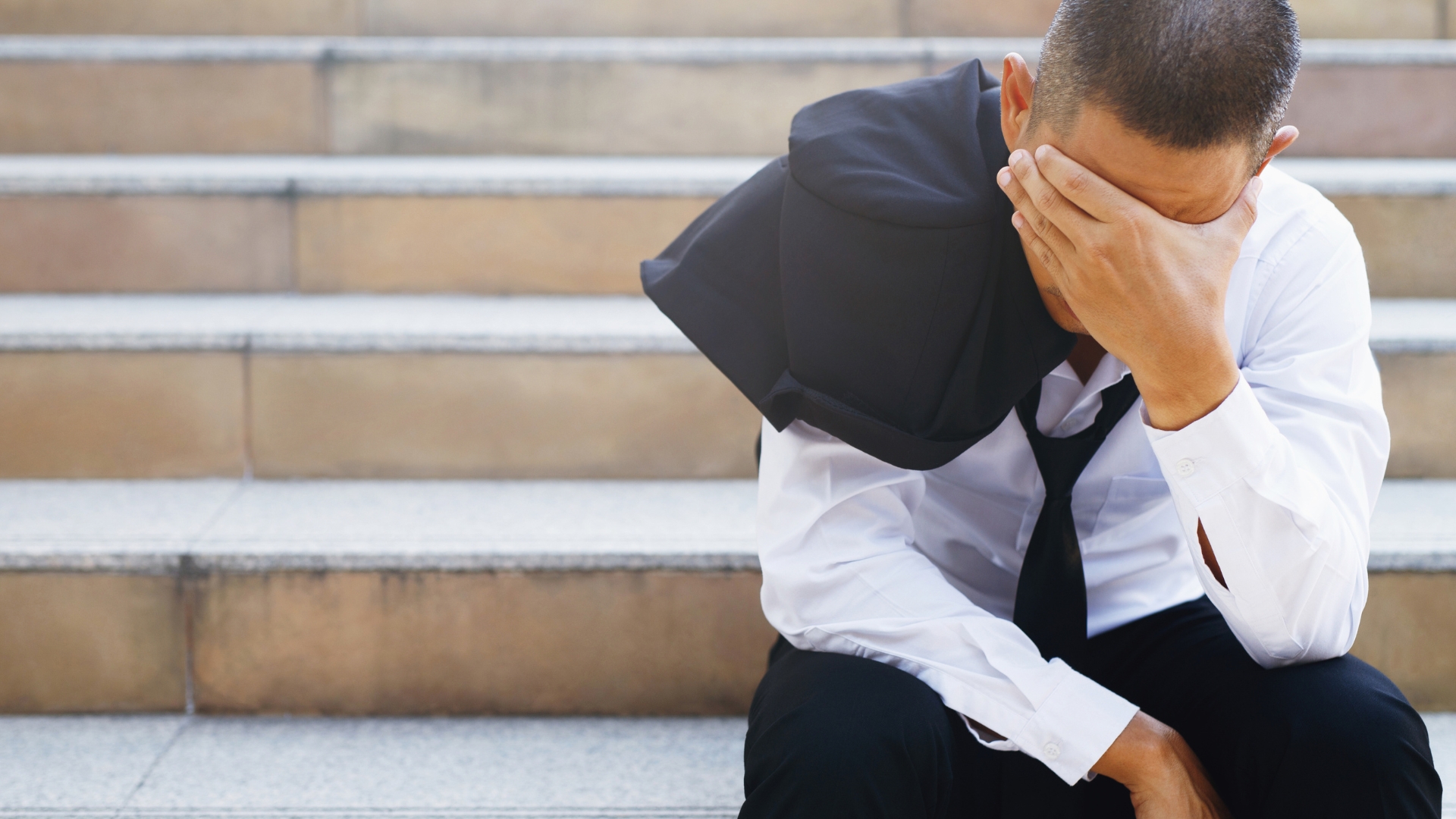Too Much Going On

We are a few months into 2025 and so much has already happened. We have seen headlines about the GNU, loadshedding, water problems, flooding, potholes, crime, finances, etc. Internationally, there are wars and trade wars. The news is designed to catch our attention. However, the result of this can be anxiety!
We all probably know the feeling of anxiety. That moment we feel like we are suddenly falling, our hearts thumping, or feeling restless like something is wrong. Anxiety can be described as an uneasy, nervous, restless feeling. It is also sometimes described as the “pit in one’s stomach”. Some may experience it as their mind not being able to stop or turn off. For some people ,it can occur during certain activities (e.g. speaking in front of an audience ,i.e. myself), or certain places (e.g. being in a lift).
Anxiety, fear, and stress are all a part of life. They are often spoken about together. There are however, differences between them. Fear is the physical and emotional response to a danger. In other words, fear occurs when we feel under threat, and prepares our flight-or-fight response. Fear plays an important function in keeping us alive. Fear is that thing that keeps us away from the edge of a high building, or tells us to run when a dangerous animal is near. I would know about the latter.
Anxiety may be described as that worry or nervous feeling about something in the future.
Anxiety can feel like:
- Restlessness,
- Dread,
- Fear,
- Irritability
- Constantly thinking, worrying or ruminating about something
Anxiety can also cause:
- Increased heart rate,
- Increased sweating, muscle tension, cold feeling in your body,
- Feeling out of breath,
- Feeling nauseous,
- Poor concentration,
- Feeling like you are in a falling lift,
- and more.
A certain level of anxiety is healthy and acceptable. For example, anxiety can let us know something is important to us, and push us to do well in something. However, anxiety can also be debilitating and not constructive at all.
There are different kinds or types of anxiety. Anxiety can occur in specific physical places (e.g. a lift), or in certain situations (e.g. public speaking). The cause of anxiety can be very different for each person. Some individuals can become anxious when seeing a snake, while others may keep snakes as pets. This type of anxiety can be referred to as a phobia. Other common causes of anxiety include: doctors/hospitals, crowded areas, flying or driving, thunder, being somewhere unsafe, fearing embarrassment. Anxiety can occur even without a specific trigger. Some individuals can experience high levels of anxiety but cannot pinpoint where it is coming from. It can feel like the anxiety hits almost out of the blue.
Common with anxiety are Panic Attacks. Panic attacks are intense and scary attacks in which one feels:
- Heart Beating Fast,
- Struggling to Breathe or Feeling like they are Choking,
- Sweating,
- Dizzy
- Shaking or Trembling
- Fear of Dying
Anxiety and/or panic can feel overwhelming and terrifying. There are different ways in managing or reducing anxiety depending on what is the anxiety. Some self-management techniques for anxiety include:
Setting Boundaries:
Boundaries can be described as invisible lines that separate what makes us feel safe or well, and what makes us feel unsafe or uncomfortable. Put another way, boundaries separate things we may accept and what we cannot accept. Boundaries can be described in many different ways. For example, boundaries can be grouped as physical, emotional, and time-based boundaries. Physical boundaries may include one’s personal space. An example of this may include someone hugging us when we did not want this. Emotional boundaries can include someone dismissing our feelings, or venting their emotions to us without reciprocity. Time-based boundaries may include things like someone calling you very late at night and expecting you to answer. Another time-related boundary that I think is quite important, is putting a time limit on our digital lives. By that, I mean limiting our time looking at the news and social media.
Mindfulness:
Very briefly, mindfulness describes bringing our awareness to the present moment. There are many ways to practice mindfulness. An easy and low effort way to try mindfulness is to Google/YouTube : Guided meditation or body scan meditation. There are plenty of resources for this online.
Exercise:
Exercise has been found to improve mental health and anxiety.
Persistent and overwhelming anxiety and/or panic can also require therapy. There are specific therapies that work very well for anxiety and panic. Cognitive-behavioural therapy (CBT) has been shown in many, many studies to be effective in reducing anxiety and panic.
Anxiety seems all too common in our society today. Should you want to learn more ways to cope better with anxiety, or deal with very high levels of anxiety, please give me a call at Thrive.
